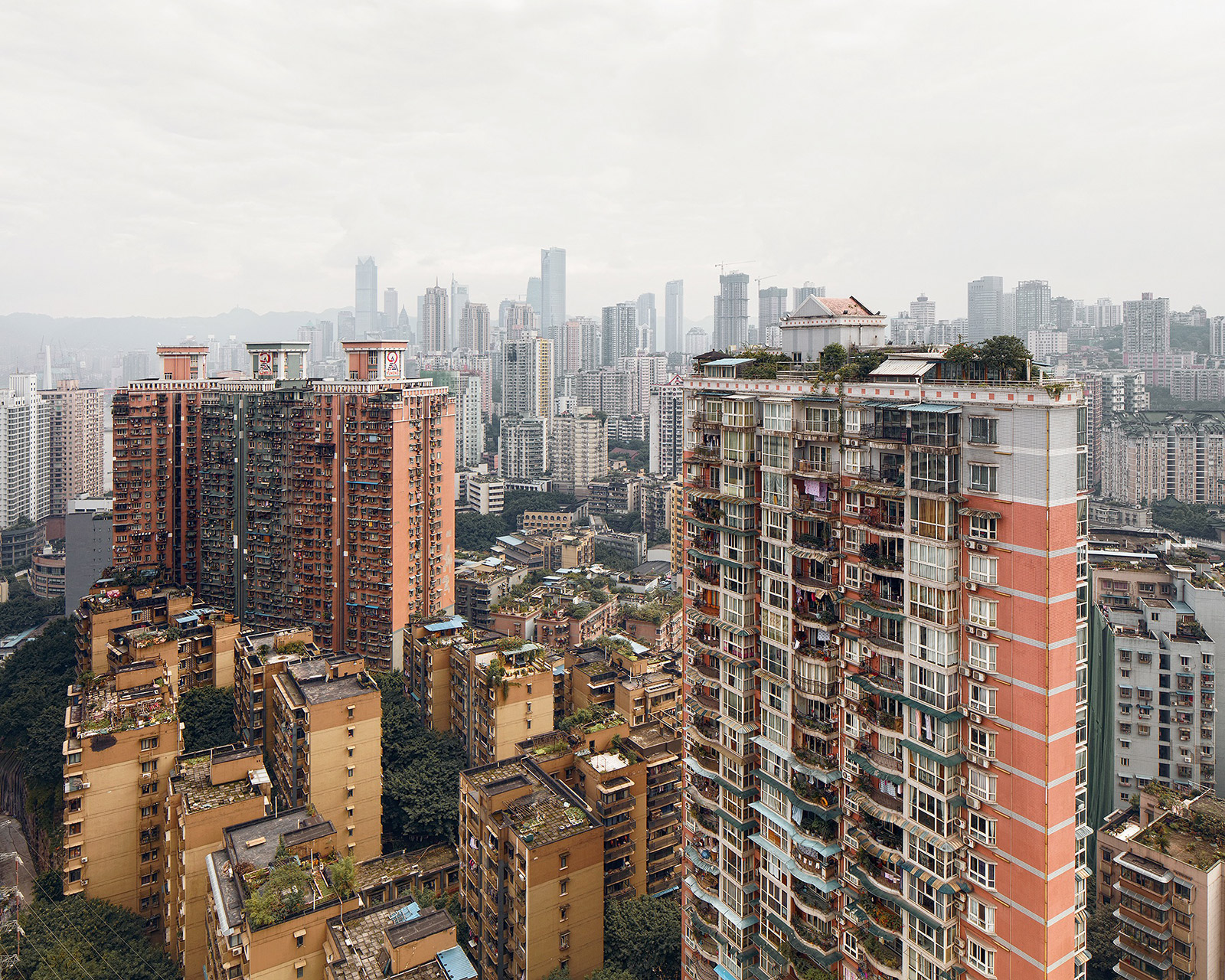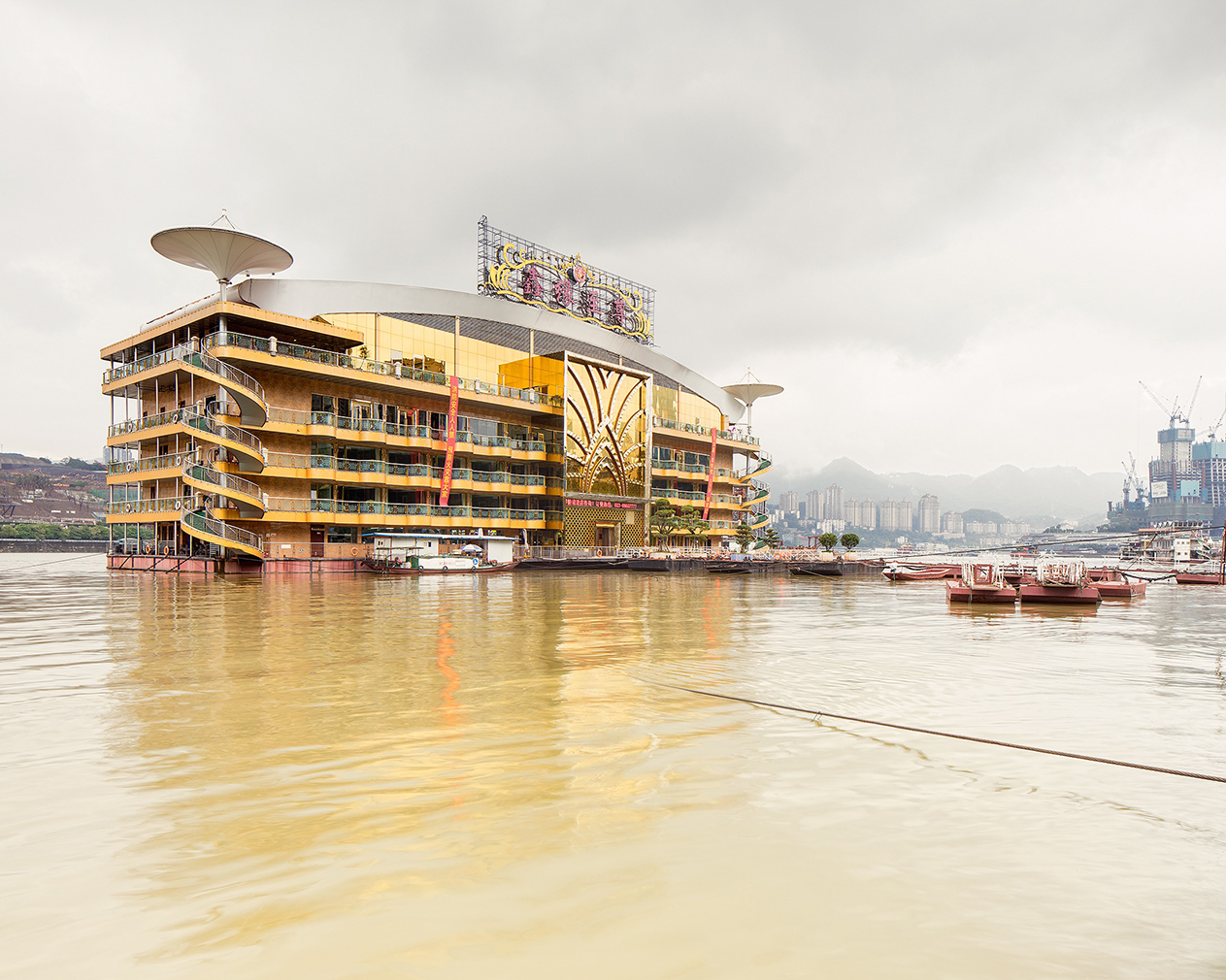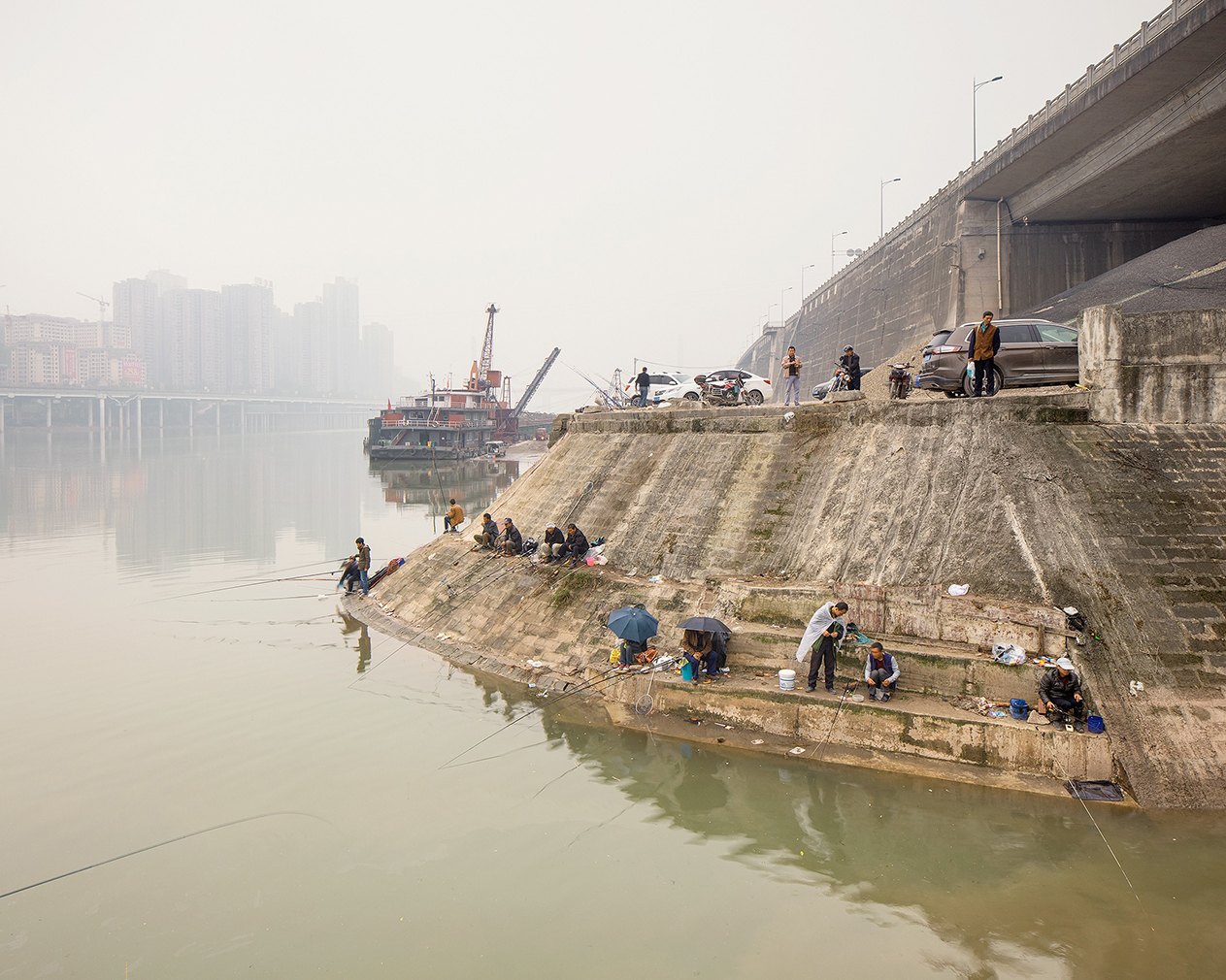
Photographer Maciej Leszczynski’s City on Rivers series documents life in China’s bustling Chongqing: an area with a population of over 13 million.
Chongqing – nicknamed Fog City thanks to its 100 hazy days a year – is expected to reach over 17 million inhabitants by 2030. With workers from rural areas arriving on a daily basis, its ever-expanding population has had a knock-on effect on development.
‘What attracted me was the scale of urbanisation,’ says Leszczynski, who became fascinated with the city after seeing photographer Nadav Kander’s The Long River series, which documented life along the Yangtze.

Photography: Maciej Leszczynski

Photography: Maciej Leszczynski

Photography: Maciej Leszczynski

Photography: Maciej Leszczynski

Photography: Maciej Leszczynski

Photography: Maciej Leszczynski

Photography: Maciej Leszczynski

Photography: Maciej Leszczynski

Photography: Maciej Leszczynski
‘In recent years the city has experienced enormous transformations. Whole quarters of old estates have been demolished, and new blocks have been ushered in where, until recently, people lived in traditional houses made of wood.’
The bridge network across the nearby Yangtze and Jialing rivers – described by Leszczynski as the city’s ‘communication lifeblood’– is also being rapidly developed, supported by significant government investment.
These days the waterways are filled with house barges, machinery and floating restaurants. ‘They are riddled with crossings, populated by ships and crossed with cables and wires’.

Leszczynski’s City on Rivers series focuses on these contrasts – capturing not just the city’s fresh crop of high rises, but also the way its contemporary architecture is rubbing shoulders with vestiges of the city’s past. Fishermen angle under vast concrete bridges, while waders are towered over by skyscrapers.
‘Urbanisation and development comes with many joys, but also peculiar changes,’ explains the photographer. ‘The rate of growth is not without consequences on the life and traditions of the locals.

‘Farmers from converted areas do not change as quickly as the urban fabric, holding tenuously to the threads that tether them to yesterday. At the foot of huge blocks, it is not unusual to come across traditional gardens, animal breeding sites and people angling or swimming in rivers.
‘For me there is no contrast between urban and natural landscape there,’ he adds. ‘Nature has adapted completely, and is coherent with urban tissue.’
Read next: Art duo create 3D miniatures of iconic photos in their studio

















